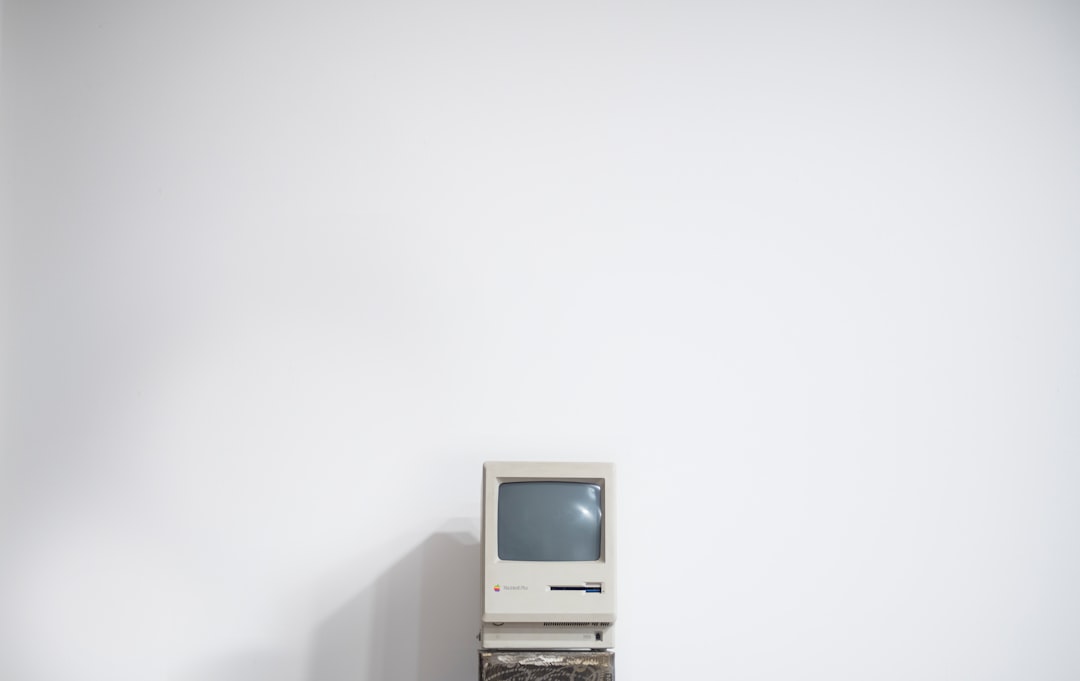
The days do go fast at DMAC.
As a participant, I am reminded of the many, many moving parts that the facilitators for such an institute need to plan, and I have been fully engaged in the workshop for the past few days. Couple that with needing to continue working on all my regular tasks as a program director, faculty member, and consultant, and the time here at DMAC slips by entirely too quickly.
I need to pause. To scale back a bit. I woke up early this morning, and knew that I needed to reflect. To refocus.
So, here I am.
Without a doubt, I am enjoying the process. Since my infographic prototype post earlier this week, we’ve also tinkered with Audacity and the audio assignment, as well as iMovie and the video assignment. Fortunately, I’ve had experience with both these tools — as well as these concepts — so I’ve tried to focus more of my attention on the deeper, more theoretical implications of what DMAC has been pushing me to consider.
For instance, yesterday, we were asked to consider the politics of race and social media, deconstructing images and considering how to layer meaning with memes. I’ve certainly thought — and written about — memes before, but the new lenses of accessibility and social justice are all helpful reminders for me as I prepare to create my projects this weekend. Speaking of projects, my work is moving forward, but at a seemingly glacial pace. Again, being a participant reminds me that — when I am in the facilitator role — I need to be quite mindful of my audience’s needs, both technical and social.
Still, I am impressed by what we can do when we put our minds to it. For instance, Elvira and Rich created concise, compassionate short film yesterday:
We completed a video exercise today at #dmac18 Many thanks to OSU students Chaz and Claire who allowed my partner @RichShiv and I to film them during our lunch break. #goodsports #shortfilm #fun pic.twitter.com/uigna8ymm3
— Elvira C. Dukes (@elviracdukes) May 10, 2018
https://platform.twitter.com/widgets.js
Giving students — and, when in workshops, teachers — the time and space to play, take risks, and be creative makes a world of difference. I’ve heard these types of opportunities called many things. Quickfire challenges. Rapid prototyping. Sandboxing. Whatever we want to call them, we simply need to do more of them. I will remember this in preparation for the fall.
Of course, the conversations with colleagues from around the country have all been productive and refreshing. Today, we head to the Ohio Union for the Innovate: Forward conference. This, too, will be a refreshing change, as I hear about the many initiatives related to digital learning that are happening here at OSU. While keynotes are always interesting, I look forward to seeing what faculty are doing in their face-to-face and online courses, and I’ve mapped out some sessions that deal with digital distraction, new environments and structures for learning, and building better online discussions. These may ebb and flow throughout the day, of course, but that is the thrill of going to a conference!
As we prepare to “turn the corner,” moving into the deeper, more substantive work of producing our audio, image, and video projects. Again, my work this week is largely in preparation for teaching the honors seminar this fall, “Our Digital Selves.” My aim this weekend is to have my infographic, podcast, and video in a near state of completion for Monday’s preview. What’s interesting in that part of the assignment is that we are supposed to create “no more than :60 (sixty seconds) of video and/or audio that illustrates your work in progress that you plan to share at the upcoming showcase.” Making a recording about our work in progress, rather than simply standing nearby to describe it, is another interesting pedagogical move that I am learning from the DMAC structure, and I look forward to that challenge.
Photo by Federica Galli on Unsplash

This work is licensed under a Creative Commons Attribution-NonCommercial-ShareAlike 4.0 International License.












